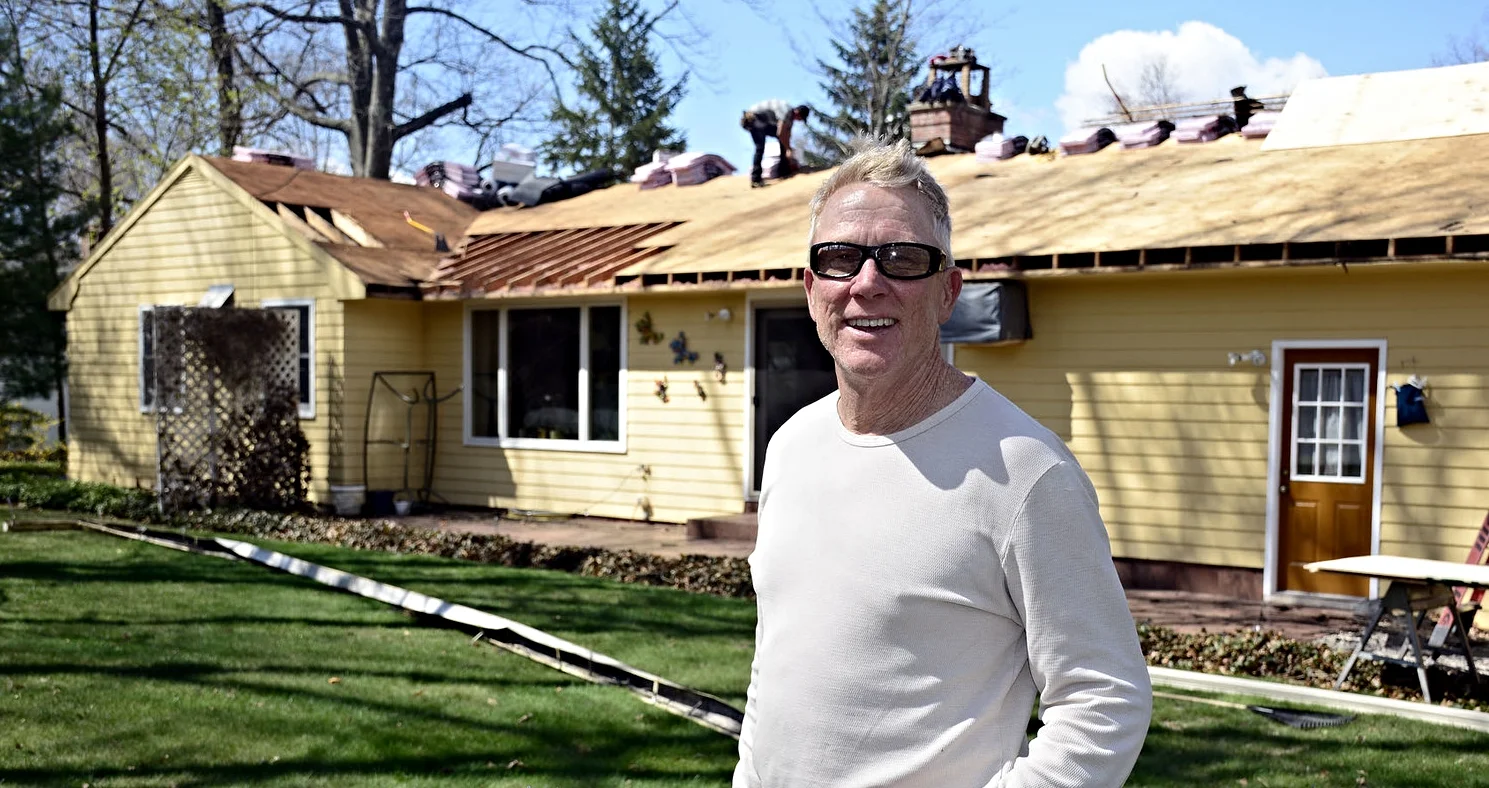Is Fall Mold Creeping Onto Your Roof
Chelsea O'Donnell
As the crisp autumn air settles in and the leaves start to fall, most homeowners are focused on pumpkin decor and raking their yards. But there’s something sneaky that may be settling in overhead: roof mold. Yes, fall is prime time for mold to make itself at home on your shingles, and ignoring it could lead to bigger (and more expensive) problems down the road.
Let’s break down what roof mold is, why it thrives in the fall, and what you can do to kick it to the curb before it spreads.
Why Fall Is Mold’s Favorite Season
Mold is a fungus that loves moisture, shade, and organic debris - all of which come together perfectly during autumn in New England. Here’s why:
Falling Leaves: Leaves that land on your roof can trap moisture and block sunlight, creating damp, shaded pockets where mold thrives.
Cooler Temperatures: As temperatures drop, homeowners may not notice excess moisture buildup because it’s not evaporating as quickly.
Shorter Days: Less sunlight means less natural drying power for your roof.
Clogged Gutters: Leaf-filled gutters lead to poor drainage and water pooling on the roof. Mold eats this up, literally.
What Mold Does to Your Roof (It’s Not Just Ugly)
Roof mold might seem like just a cosmetic issue, until it isn’t. Here’s what can happen if mold takes hold:
Shingle Damage: Mold can deteriorate asphalt shingles and shorten your roof’s lifespan. It eats away at the granules that protect your roof from UV rays and weather damage.
Wood Rot: If moisture seeps beneath the shingles, it can lead to rotting of the underlying wood structures, threatening your roof’s structural integrity.
Insulation Issues: Mold creeping into your attic or insulation can ruin energy efficiency, sending your heating bills through the roof - pun intended.
Health Concerns: Mold spores can make their way into your home’s air, potentially triggering allergies, asthma, or other respiratory issues for your family.
How to Stop Fall Mold Before It Starts
The good news? Roof mold isn’t inevitable. With a little proactive maintenance, you can keep your roof mold-free all season long. Here’s how:
Clean Your Roof (and Gutters)
Leaves, twigs, and debris are mold’s favorite housewarming gifts. Clear your roof and gutters regularly, especially after a big wind or rainstorm.Check Your Attic Ventilation
Poor airflow in the attic can trap moisture and encourage mold growth from the inside out. Make sure vents are clear and consider installing an attic fan if airflow is limited.Trim Back Overhanging Branches
Shade is great for picnics, not for roofs. Cutting back branches allows more sunlight to hit your roof and dry up any lingering moisture.Inspect for Leaks and Damaged Shingles
Take a walk around your home and look for signs of water damage, cracked shingles, or dark streaks. If you spot anything suspicious, call in a pro.
Consider Copper or Zinc Strips
These metal strips, installed near the peak of your roof, naturally kill mold and algae as rainwater washes down over them. It’s a smart investment for long-term mold prevention.Book a Professional Roof Inspection
Fall is an ideal time to have a professional take a look. They can spot early signs of mold or damage you might miss from the ground.
When in Doubt, Call It Out
If you already see mold growing on your roof, don’t panic, but don’t ignore it either. DIY solutions may help with small patches, but for widespread or stubborn growth, it’s best to bring in the experts. Professional mold removal will ensure it’s safely and thoroughly taken care of, without damaging your roof in the process.
A clean, mold-free roof isn’t just about curb appeal. It’s about protecting your investment, your home’s structural integrity, and your family’s health. So this fall, while you’re sipping cider and enjoying the foliage, take a few minutes to look up. Your roof might be trying to tell you something.
Bob O’Donnell is the owner of O’Donnell Bros. Inc., a Bristol-based home improvement company established in 1975. Email your questions to info@odonnellbros.com with the subject line “Ask the Pro.” All questions may be considered for publication. To contact Bob for your remodeling needs, call O’Donnell Bros. Inc. at (860) 589-5155 or visit http://www.odonnellbros.com. Advice is for guidance only.
